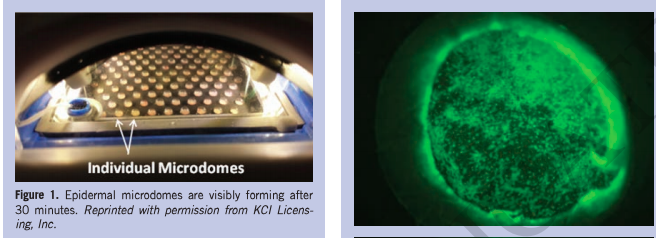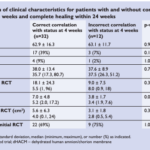
Increasing Role of Epidermal Grafting Utilizing a Novel Harvesting System in Chronic Wounds
Abstract: Skin grafting techniques range from harvesting full-thickness to split-thickness grafts to grafts containing only epidermis. All of these autologous tissues have their place on the reconstructive ladder. However, the use of full-thickness and split-thickness grafts as coverage over chronic wounds remains limited by a number of factors, including the need for anesthesia, a surgically trained physician, and an operating room in which to perform the procedure; pain and damage associated with the donor site; and severe patient comorbidities. Epidermal grafting offers an option for autografts and uses only a minimal amount of superficial epidermis from the donor site. Although successful use of epidermal grafting has been reported in pigmentation disorders, as well as burns and chronic wounds, previous harvesting methods have been described as cumbersome and time-consuming. An automated epidermal harvesting system is now commercially available and involves a tool that applies both heat and suction concurrently to normal skin to induce epidermal micrograft formation. The new tool allows quick harvest and transfer of the epidermal micrografts at the bedside without anesthesia, with minimal donor site healing time and patient discomfort. The use of epidermal grafts in chronic wounds and the harvesting technique are reviewed here.
Increasing-Role-of-Epidermal-Grafting-Utilizing-a-Novel-Harvesting-System-in-Chronic-Wounds


